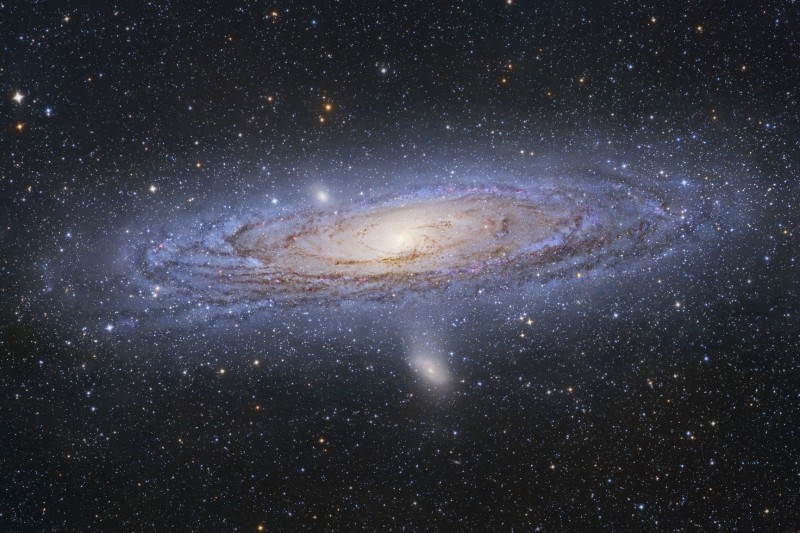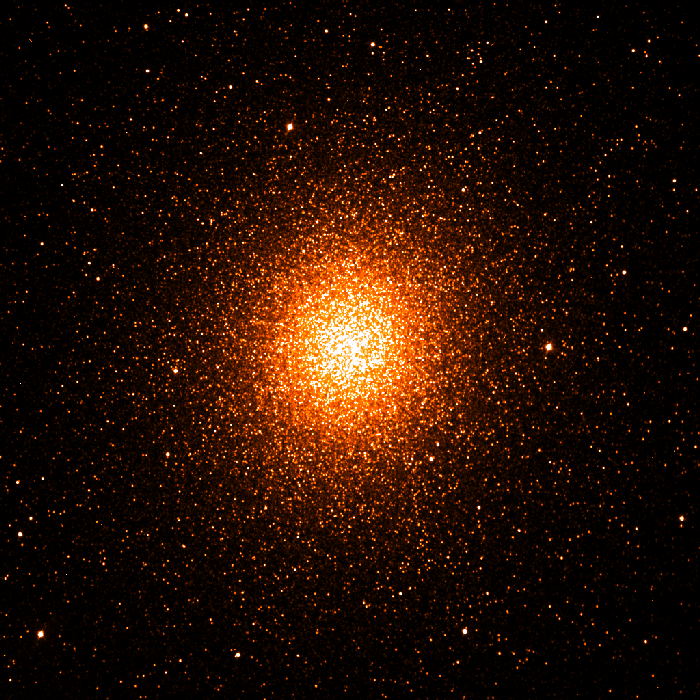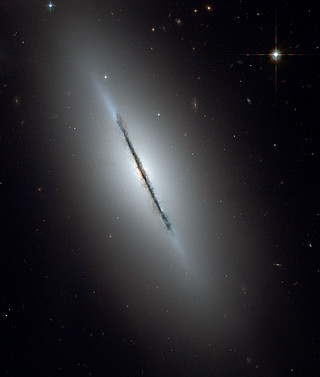
These are not stars but galaxies, thousands and thousands of them and each one containing billions of stars. This snapshot from the Herschel infrared space telescope shows galaxies that are 10-12 billion years old with the red ones being the most distant. The white ones indicate galaxies with the greatest star formation. Looking closely at the image one does not see an even distribution of dots/galaxies, which indicates that some of these galaxies were forming in clusters at that time.
This image was one taken as part of the Herschel Multi-tiered Extragalactic Survey (HerMES) Key Project. The purpose of the project is to study the evolution of galaxies in the distant cosmos. This particular image lies in a region of space called the Lockman Hole, which is in the constellation of Ursa Major and provides a relatively unobstructed view into a far corner of the Universe.
The next night you are out, take a look up into the night sky and think about the fact that all you can see is in the optical region of the spectrum. Consider what lies beyond our narrow view of the vast cosmos.
Till next time,
RC Davison










